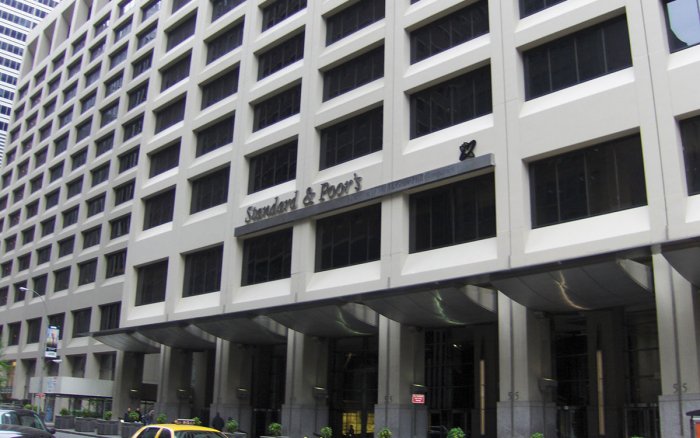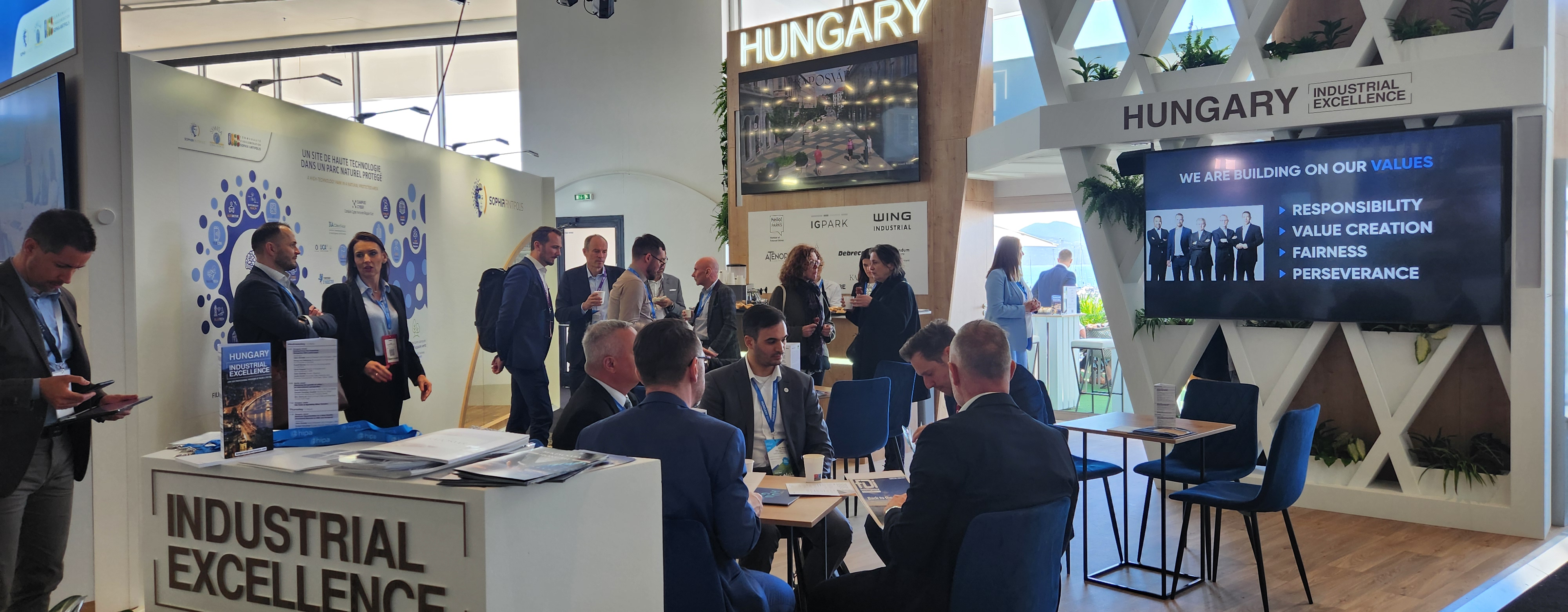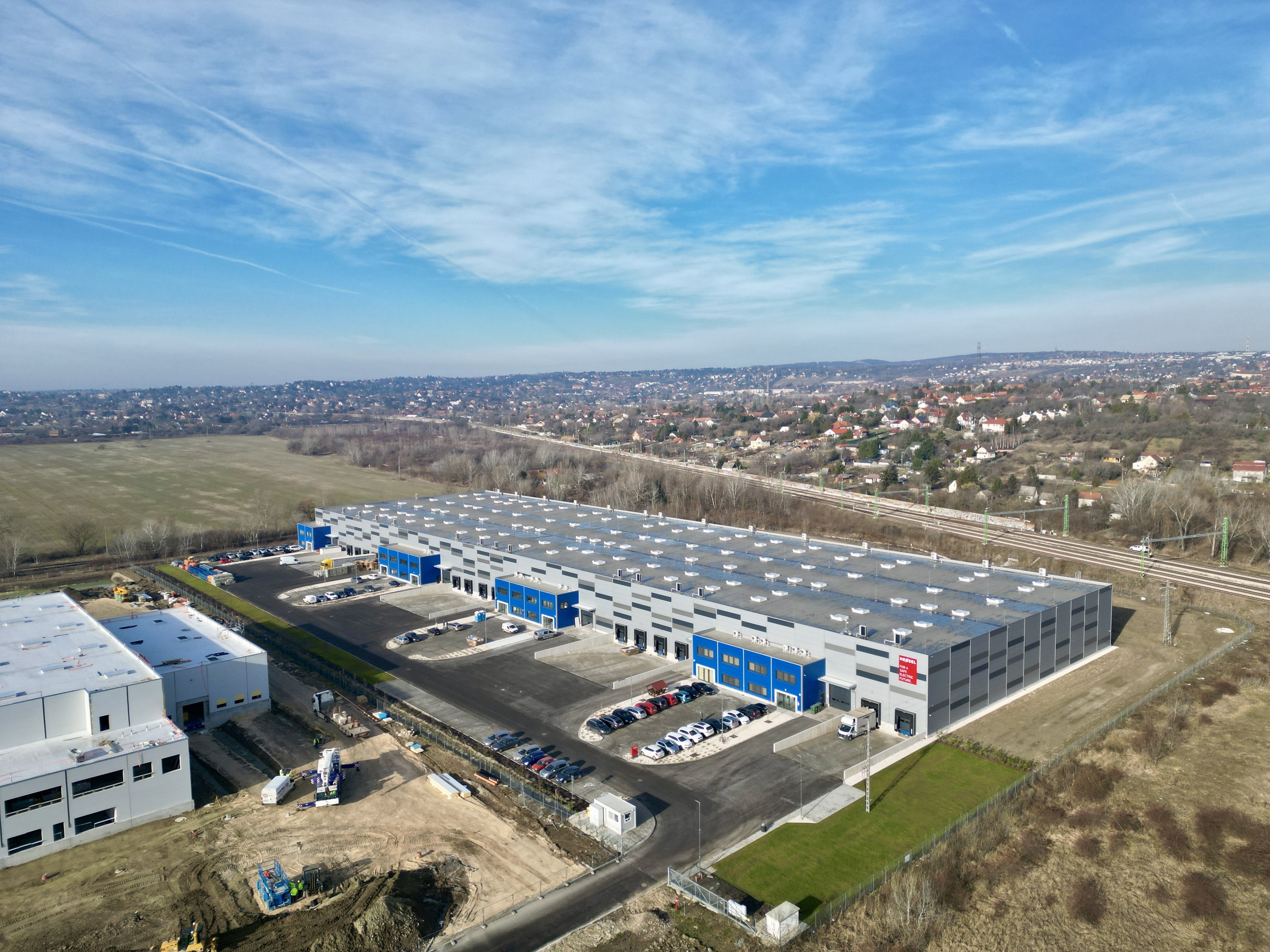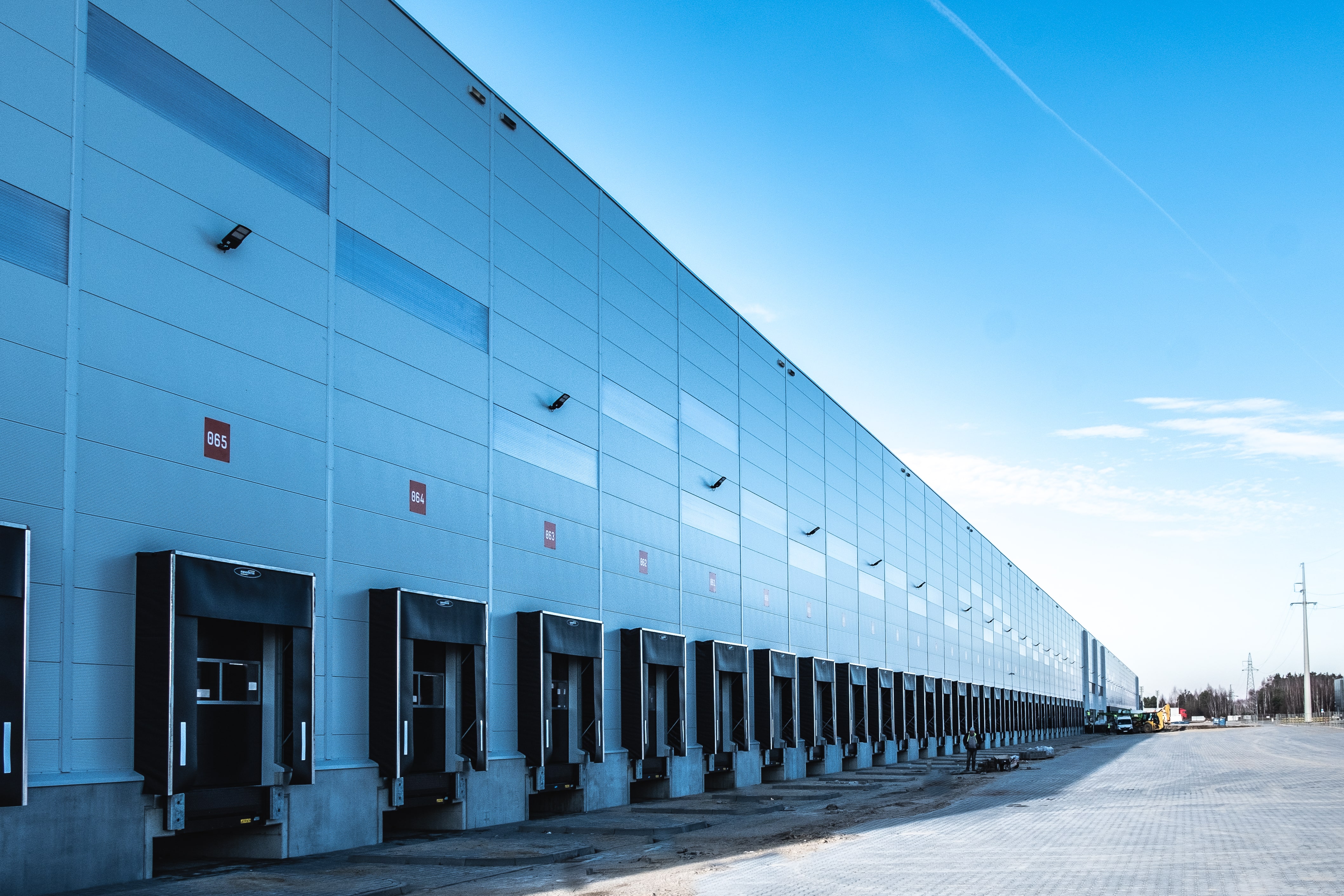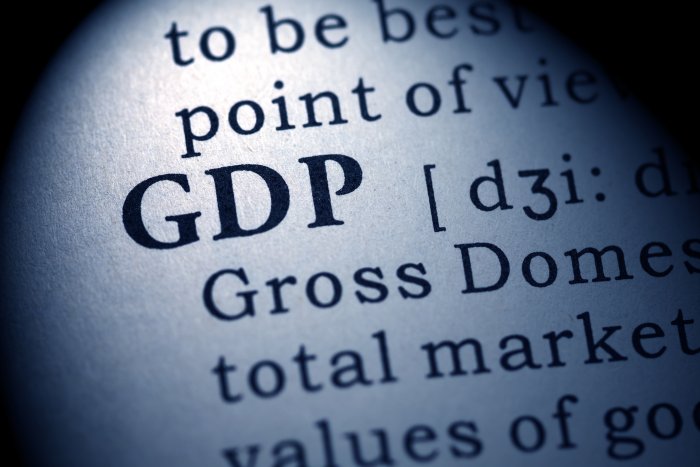Sustainability, ESG, and EU Taxonomy to the Fore

The 45,000 sqm MG3 warehouse at HelloParks Maglód is the first industrial property in Hungary to achieve Breeam “Outstanding” sustainability rating for New Construction, the highest standard in the third-party accreditation system.
Photo by HelloPark
Industrial and logistics developers are delivering ever more complex products in response to stricter ESG, EU Taxonomy and sustainability regulations. Further, a shift towards built-to-suit development gives greater scope to meet tenant specifications, beginning with consultations in the initial design phase and continuing throughout construction.
“We are seeing increased demand for energy-efficient buildings. Cost-effective operations, amenities boosting sustainability, assistance in the procurement of equipment, services to smooth the move-in and move-out process, and quick response times from property owners have all become important aspects for customers,” comments Zsuzsanna Hunyadi, leasing and customer experience director at Prologis Hungary.
“Prologis’ global aim is to achieve net-zero emissions across the entire value chain by 2040, a decade before the final deadline of 2050. We also have an intermediate target to achieve net-zero emissions from our developments by 2030,” she explains.
“In 2021, Prologis additionally set a goal to have 100% of new developments and renovations officially certified as sustainable buildings. We are also working to develop more efficient and cleaner supply chains by sourcing local materials and by using renewable energy and recyclable materials,” Hunyadi adds.
Sustainability accreditation is becoming the norm in the upper strata of the industrial sector, with developers and park operators such as Prologis, CTP, Panattoni and HelloParks building more highly specified Breeam- and Leed-accredited complexes.
As with the office sector, market demands are seen to be acting on players at the same time as environmental regulations. ESG-compliant buildings open the possibility for cheaper debt finance, command higher rents and returns on investment. More favorable and sustainable aims are, therefore, part of the same desired end result. From this perspective, sustainability can be seen as developer and landlord-led.
According to the Budapest Research Forum (consisting of CBRE, Colliers, Cushman & Wakefield, Eston International, iO Partners and Robertson Hungary) and Cushman & Wakefield, 72% of the Hungarian industrial market is certified regarding sustainability accreditation.
“Tenants in Hungary are gradually encouraging landlords to provide renewable and energy-efficient solutions. Presently, only 23% of logistics stock has green certification; industrial is an area ripe for significant improvement in the short term,” comments Cushman & Wakefield.
‘Outstanding’ Warehouse
The 45,000 sqm MG3 warehouse at HelloParks Maglód (on the outskirts of the capital, just 30 km southeast by road from the center of Budapest) is the first industrial property in Hungary to achieve Breeam “Outstanding” sustainability rating for New Construction, the highest standard in the third-party accreditation system.
All of the company’s warehouses abide by these sustainability specifications and are EU Taxonomy-aligned. Embodied carbon emissions for new buildings will be reduced by 25% from 2025 and 50% from 2030 compared to the developer’s previous buildings, which already meet levels similar to Western European developments.
In addition, each facility will have an average solar capacity of 2.5 MW installed. The goal is to achieve net-zero emissions for the operational carbon footprint of new buildings by 2028 and ensure a 100% renewable energy supply, says the developer.
“The real estate sector is the biggest energy consumer in the EU; hence, it carries a significant responsibility to fulfill climate neutrality criteria,” comments Anna Bencze, head of sustainability at HelloParks.
“Such an achievement calls for a substantial reform of current practices, which we have perceived as a promising opportunity from the beginning. The industry must anticipate forthcoming scenarios that would satisfy the interests of the environment, local communities and businesses alike. Our explicit goal is to motivate the entire industry through our ambitious targets,” Bencze adds.
Appropriate data collection and automation are also utilized to make real reductions in energy consumption. Systems automatically providing detailed energy consumption reports also know when and how much occupants unnecessarily consume.
The HelloParks BMS system, integrated into its buildings, allows the property and facility managers to ensure optimal operation. Higher energy efficiency is also supported by the developer’s mobile application, HelloParks Assistant, which provides helpful information to tenants by connecting to the halls’ building automation and monitoring systems.
Combined Approach
DVM group and Greenfield Development recently launched an industrial sector joint venture under the name DVM-Greenfield, reflecting the attractiveness of industrial real estate and the increasing complexity of development and tenant demands. The JV aims to combine the construction experience of the DVM group with the industrial contracting experience of Greenfield Development.
“Synergies enable us to deliver industrial real estate projects quickly, efficiently, tailor-made and to the highest professional standards,” says Tibor Massányi, managing director of DVM-Greenfield.
“In addition to general construction, we can guide our clients through the entire process, from selecting the ideal site to conceptual design and construction to commissioning. We are available to our clients in all areas of the investment process, whether it is the development of a feasibility study or leasing issues,” Massányi promises.
Balázs Czifra, director of sales and asset management at the Hungarian Infogroup, sees regional development across Hungary with demand related to the most recent FDI arrivals, notably the battery and automotive sectors and suppliers, as the core market. A secondary requirement could be for logistics space. He sees sustainability as more driven by the landlord than the tenant. Either way, it is becoming the norm.
“In the EU, the real estate sector is responsible for around 40% of GHG [greenhouse gas] emissions, so it has a huge responsibility and a huge task to meet the climate targets,” says Bencze.
“HelloParks has seen this as an opportunity as there is no doubt that the winner will be the one who leads the way and can make the green transition. The EU is constantly introducing new measures, legislation and changes, all of which are pushing and promoting the green transition and the shift to sustainable operations while, at the same time, putting more pressure on the market,” she notes.
“As a market leader, we also feel the social responsibility of all this and are committed to playing a pioneering role on this untrodden path. [….] We have a major impact on the supply chain, and thus on the potential for reducing the carbon footprint of construction materials and introducing new good practices,” Bencze concludes.
This article was first published in the Budapest Business Journal print issue of April 8, 2024.
SUPPORT THE BUDAPEST BUSINESS JOURNAL
Producing journalism that is worthy of the name is a costly business. For 27 years, the publishers, editors and reporters of the Budapest Business Journal have striven to bring you business news that works, information that you can trust, that is factual, accurate and presented without fear or favor.
Newspaper organizations across the globe have struggled to find a business model that allows them to continue to excel, without compromising their ability to perform. Most recently, some have experimented with the idea of involving their most important stakeholders, their readers.
We would like to offer that same opportunity to our readers. We would like to invite you to help us deliver the quality business journalism you require. Hit our Support the BBJ button and you can choose the how much and how often you send us your contributions.



